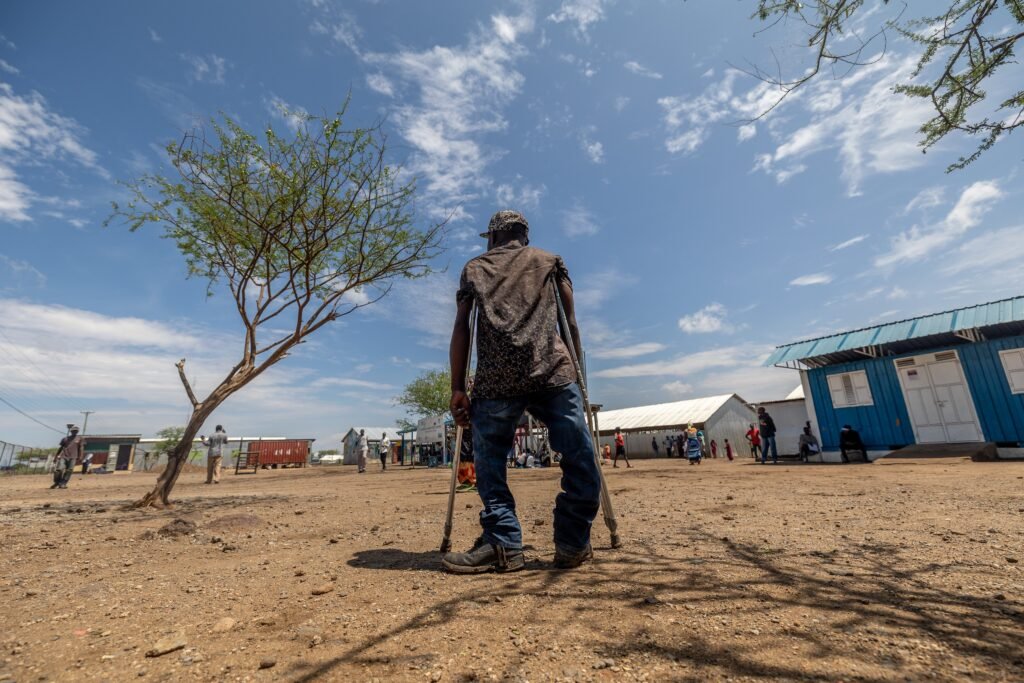With over 30 years of hosting refugees and asylum-seekers, Kenya continues to be one of the largest asylum countries in Africa and the world.
In fact, according to the United Nations High Commissioner for Refugees (UNHCR), the number of refugees and asylum-seekers entering the country has continued to increase, despite years of calls to close down the camps.
At the end of October 2024, Kenya was host to 812,910 registered refugees and asylum-seekers, a significant rise from the 796,331 recorded at the end of August 2024.
The increase highlights the region’s ongoing instability and Kenya’s crucial role as a haven for those fleeing conflict and persecution. According to data from the UNHCR, 73% of the total population held official refugee status, while 27% were asylum-seekers.
The majority of these displaced persons originated from Somalia, with 461,028 Somali refugees recorded at the end of October, up from 448,922 in August. South Sudan, was second, with refugees from the country rising from 188,987 to 191,230 over the same period. Democratic Republic of Congo (DRC) ranks third, with its refugee population in Kenya growing from 61,761 to 62,637.
Other significant refugee populations come from Ethiopia, Burundi, and Sudan, with each group showing incremental increases. The data also reveals smaller contingents from Uganda, Eritrea, and Rwanda.
A majority of the refugees are female who hold 51% of the population. Age-wise, the majority falls within the 18 – 59 years, accounting for 50.3% of the total as at the end of October 2024, a slight increase from 49.8% in August. Children aged 5-11 make up the second-largest age group at 23.5%, followed by those aged 12-17 at 13.3%.
The country’s refugee hosting model primarily relies on camps, with 87% of refugees and asylum-seekers residing in designated camp areas. The remaining 13% live in urban settings, primarily in Nairobi.
The Dadaab and Kakuma refugee complexes, that were once at risk of being closed down, continue to shoulder the bulk of the refugee population, with Dadaab hosting 408,985 individuals and Kakuma accommodating 296,152 as at end of October 2024.
This steady increase in refugee numbers presents both challenges and opportunities for Kenya. The country continues to demonstrate its commitment to humanitarian principles by providing sanctuary to those in need.
However, the growing population also puts pressure on resources and infrastructure in host communities. Continued support from the international community and ongoing efforts to find durable solutions for displaced persons will be crucial in addressing this complex humanitarian issue. The lack of will see Kenya face a refugee crisis in the future.


